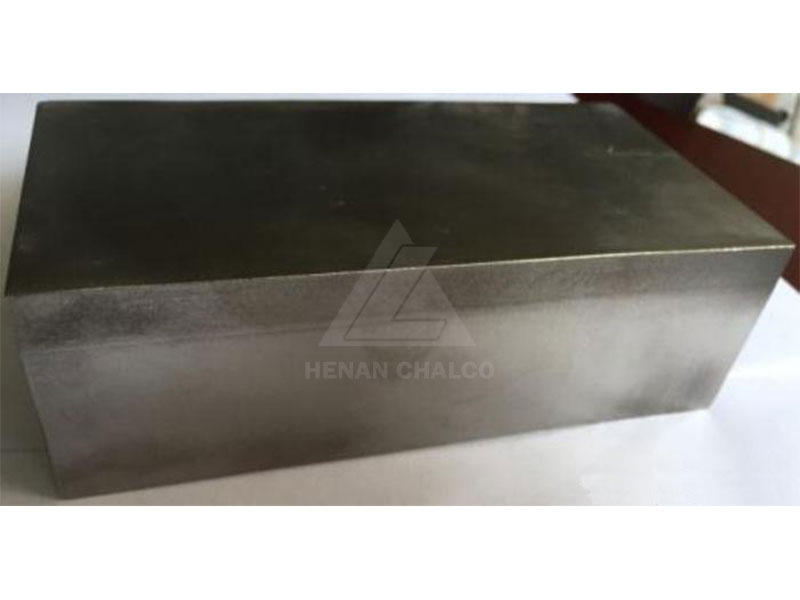Lead is stable in atmosphere, fresh water and sea water. The lead oxide film attached to the lead surface can protect the internal lead from further oxidation. Lead has a good corrosion resistance to sulfuric acid, it is not resistant to nitric acid corrosion, in hydrochloric acid is not stable, but for phosphoric acid, sulfurous acid, chromic acid and hydrofluoric acid has a good corrosion resistance.
The welding of lead and titanium can be realized by explosive welding. Compared with traditional resin bonding, rolling or conventional welding, the bonding strength of Pb/Ti/Pb composite plate obtained by dynamic metal cladding (explosive cladding) is higher, and the bonding strength is better, which provides convenience for later processing, transportation, installation and use.
The combination of titanium and its alloys and lead has special significance in the electrolytic process of zinc. The lead cathode is used in the electrolytic process of zinc. Because of the low strength of lead, it is necessary to strengthen it with other strong metals. And preferably three structures, such as lead titanium lead. Aluminum, copper and steel can not be used as reinforcing materials because they will participate in the electrolysis process. Titanium will not.
Product application: it is widely used in electrolytic zinc process.
The welding of lead and titanium can be realized by explosive welding. Compared with traditional resin bonding, rolling or conventional welding, the bonding strength of Pb/Ti/Pb composite plate obtained by dynamic metal cladding (explosive cladding) is higher, and the bonding strength is better, which provides convenience for later processing, transportation, installation and use.
The combination of titanium and its alloys and lead has special significance in the electrolytic process of zinc. The lead cathode is used in the electrolytic process of zinc. Because of the low strength of lead, it is necessary to strengthen it with other strong metals. And preferably three structures, such as lead titanium lead. Aluminum, copper and steel can not be used as reinforcing materials because they will participate in the electrolysis process. Titanium will not.
| Base plate alloy | TA1、TA2、TA9、TA10 |
| Cladding plate alloy | Pb1, Pb2, Pb3, Pb4, Pb5 |
| Standard | Negotiation between the two parties |
| Cladding plate thickness | ≤2㎜ |
| Base plate thicness | ≤12㎜ |
| Length | ≤3000㎜ |
| Width | ≤1000㎜ |
Product application: it is widely used in electrolytic zinc process.












